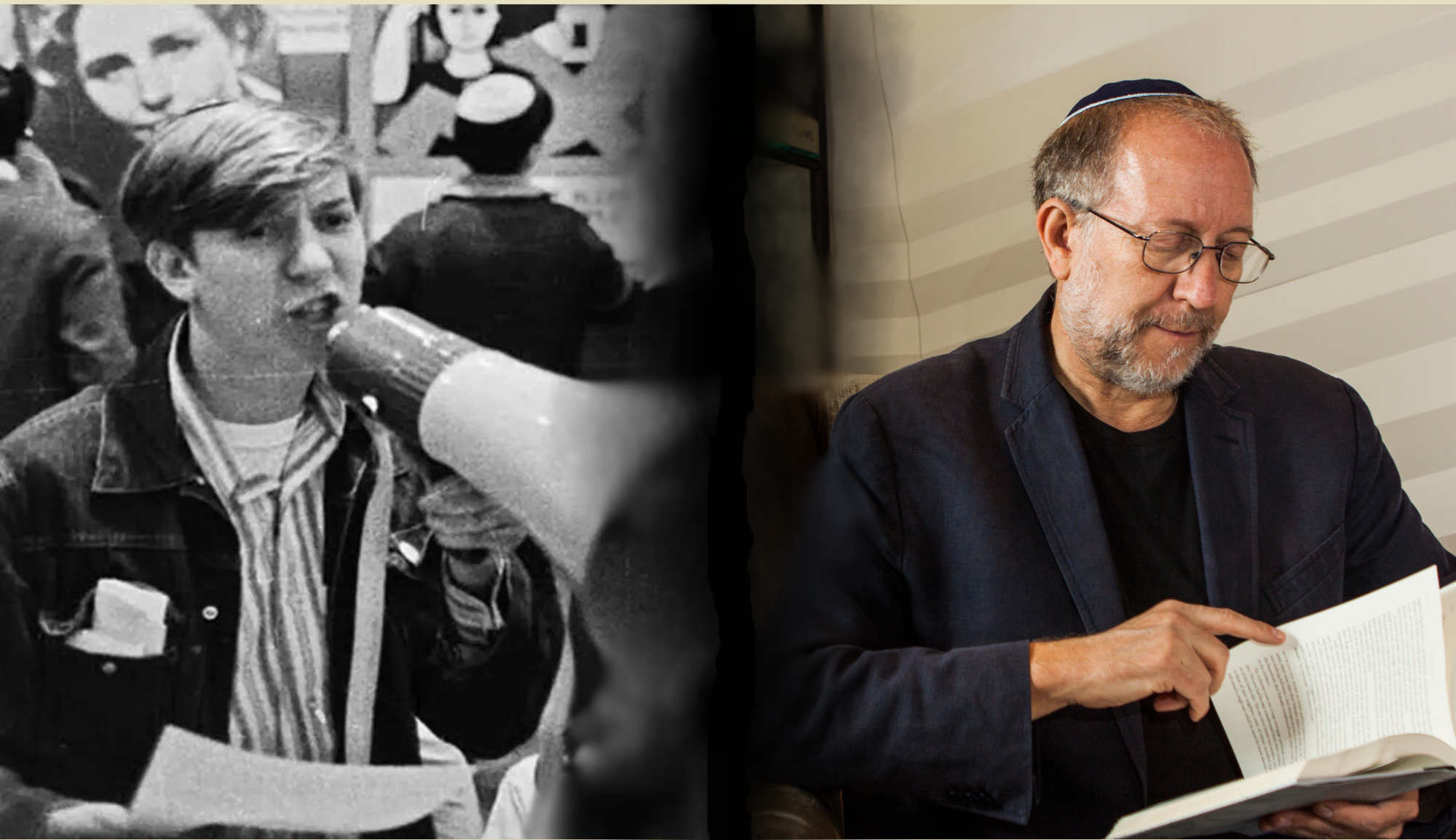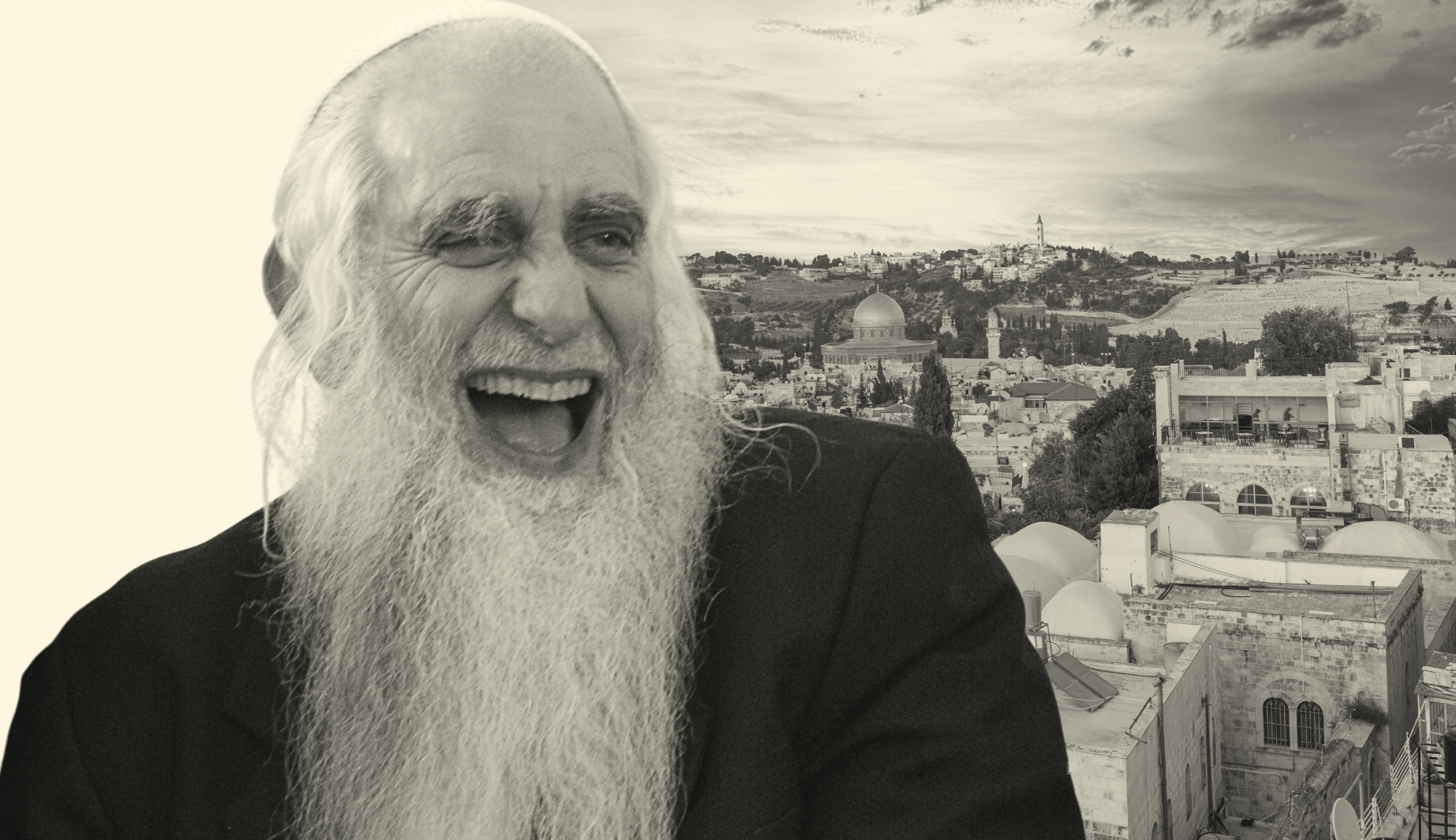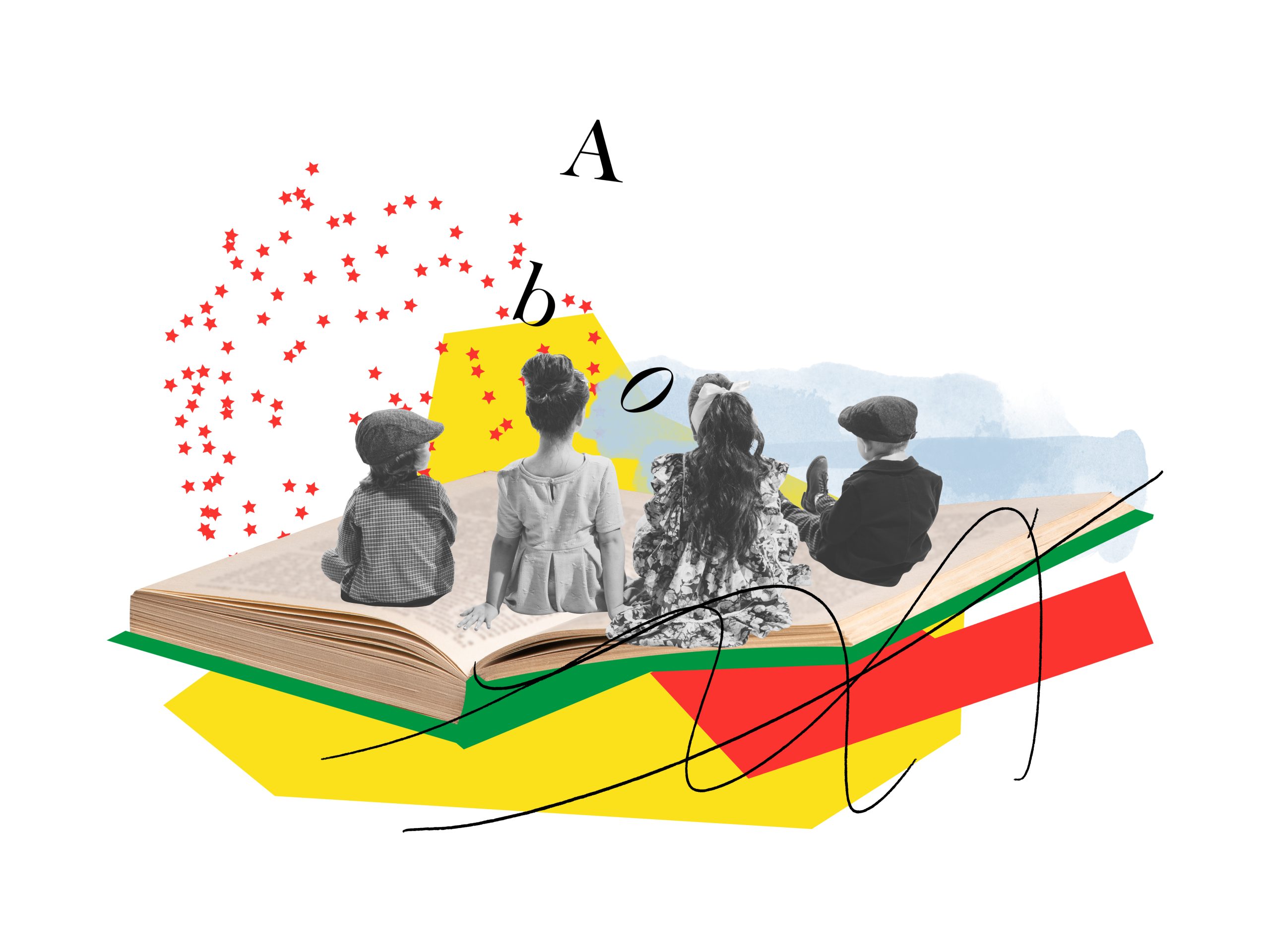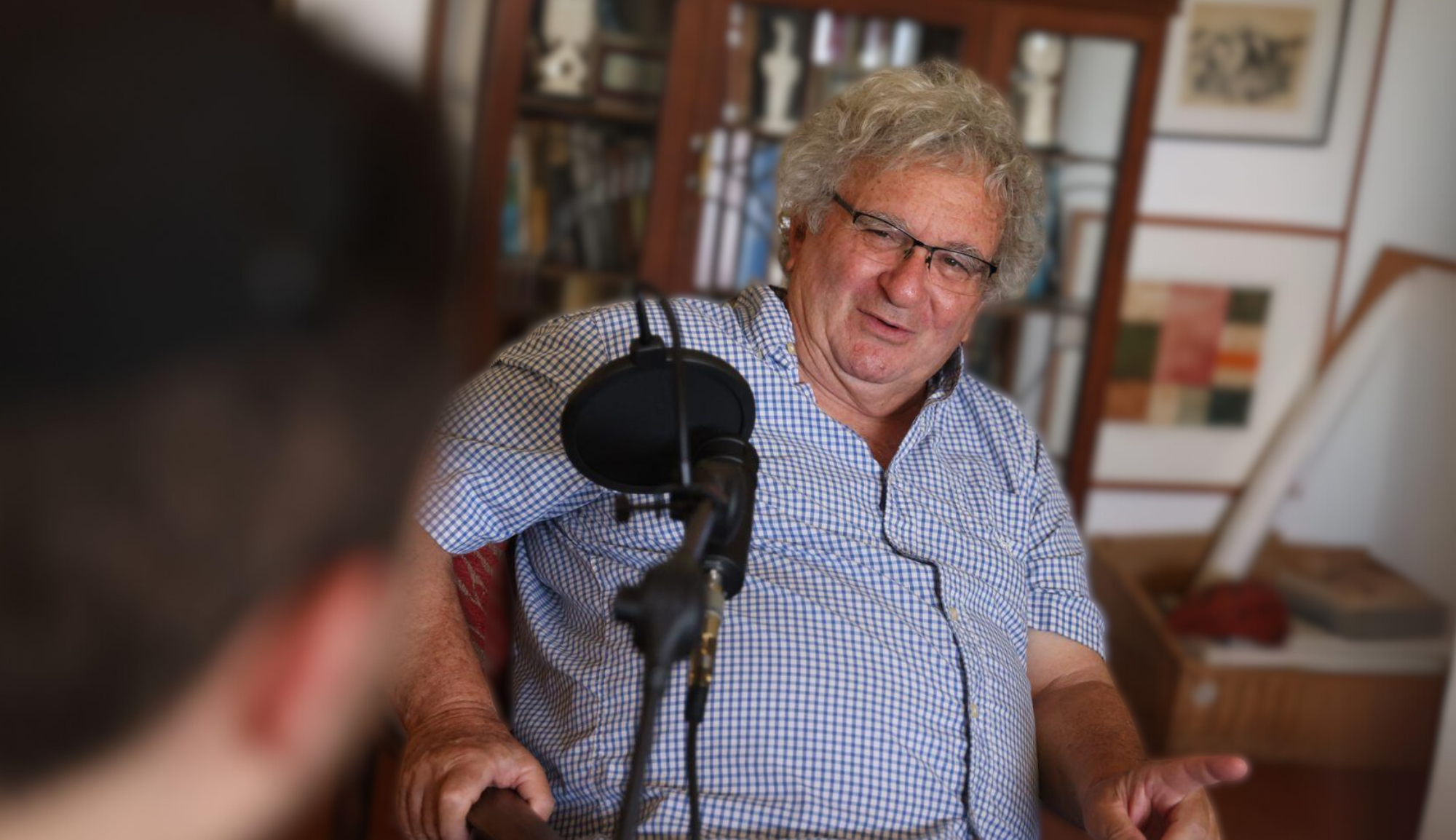If you are plugged into Jewish thought, you’ve probably heard of Yossi Klein Halevi at some point or other. He broke big with his Like Dreamers: The Story of the Israeli Paratroopers Who Reunited Jerusalem and Divided a Nation, a closely told account about seven members of the 55th Paratroopers Reserve Brigade, who recaptured Jerusalem in 1967.
Halevi’s three other books tell a far more personal story.
1. Growing Up with Meir Kahane
His first, Memoirs of a Jewish Extremist, is a fascinating memoir of Halevi’s upbringing and subsequent adolescent turn to the Jewish Defense League, or the JDL. Halevi’s relationship with the late Rabbi Meir Kahane and his maturing out of the reactionary and increasingly violent scene he found himself in is a fascinating bildungsroman and deconversion narrative of sorts. The story arcs towards a Jerusalem meeting with Kahane after Halevi had moved past the JDL, and is worth reading for its anticlimactic veer.
2. Man in Search of Peace
Halevi’s second book, At the Entrance to the Garden of Eden: A Jew’s Search for Hope with Christians and Muslims in the Holy Land (2001), starts where Halevi’s peregrinations in Memoirs of a Jewish Extremist had left off. Halevi is now seeking coexistence and peace with his neighbors in the land of Israel, praying his way toward a shared understanding with the other religious groups of Jerusalem. Halevi explores the Church of the Holy Sepulchre, a Sufi temple in Gaza, and smaller and larger houses of worship, often with the mysterious Tekoa-founding Hassidic rebbe of peace, Rabbi Menachem Froman. This book made me uncomfortable at times, but has stayed with me, largely for its moving reflections on prayer and difference, and for the sense that this discomfort is in some way holy.
3. Sharing Zionism with Palestinians
Halevi’s third book was Like Dreamers, and his fourth (and I suspect not his last) is Letters to My Palestinian Neighbor, in which he writes a set of letters to his Palestinian neighbors, explaining the experience of a Jew in Israel in an attempt to develop a set of shared hopes. Halevi is serious about Letters; He published it, and many of the responses he received for it, in Arabic.
Walking in Paths
A desire path, or game trail, is a path created by the erosion of foot traffic, by animals or humans. You may have seen these while on a hike, mistaking a small path leading through the brambles as a trail for a moment, before you spot the trail marker. These routes are often the shortest between two points. For many of us who feel that they’ve spotted their feet slipping off the main trail of their community at some time in their life, the desire path represents the road that trod where we do end up. These paths are rarely new, and have often been trodden by many before you. There is a great wisdom to the desire path, to follow the tracks of those who have gone before you, whose feet deepen the path they walk.
With the hindsight of more than 20 years, Halevi’s path from hawk to dove is easily discernable. But was it at every point? And will it be in 20? When I look at those who have had the courage to deeply embrace change in their spiritual, ideological, or political identity, I am moved. It can be easy, in our Jewish community, to think that there is only one path through the forest. Many teach or preach this, and many live in fealty to this act of great forgetting. There are many paths through woods, if only we dare walk.





































